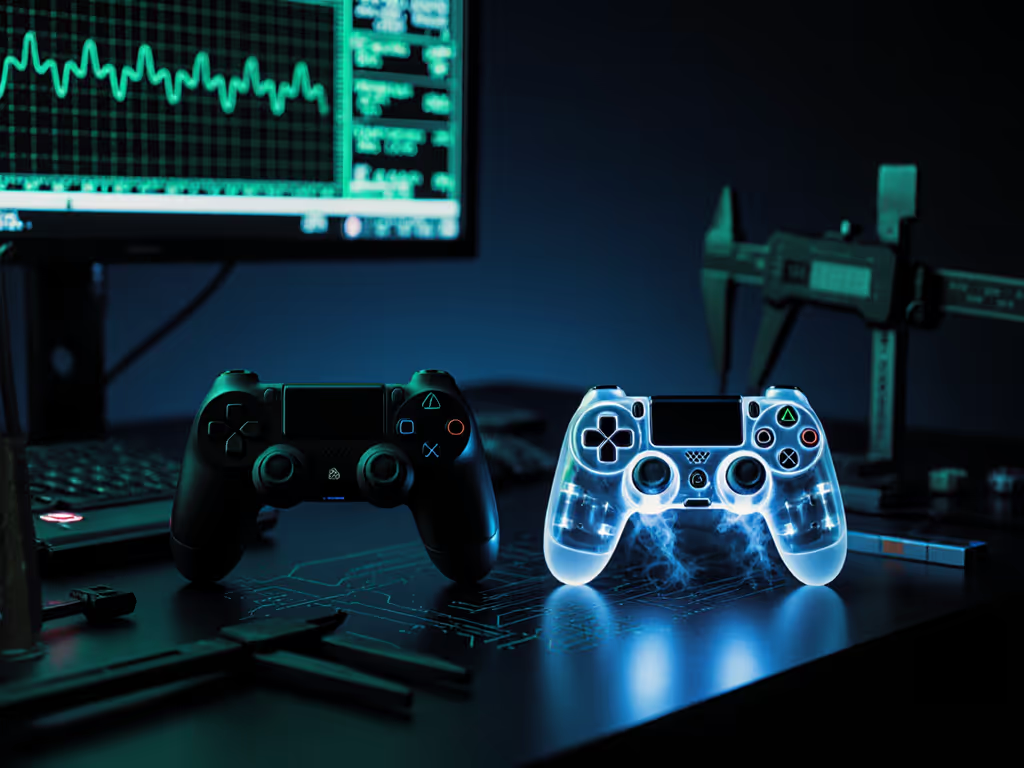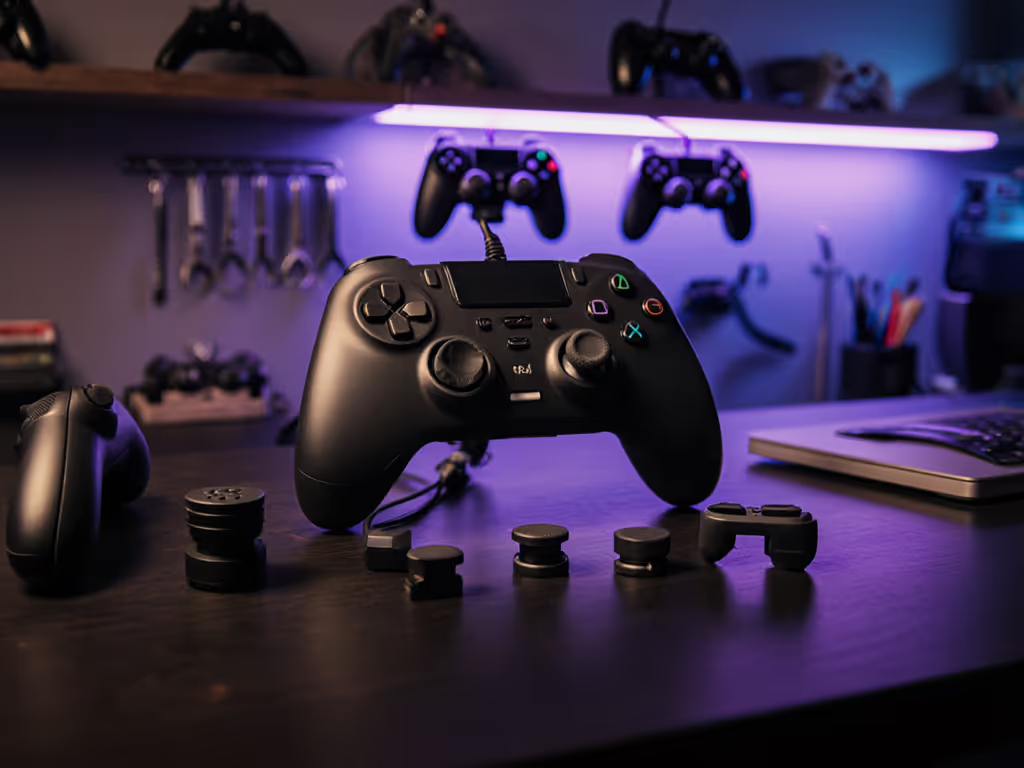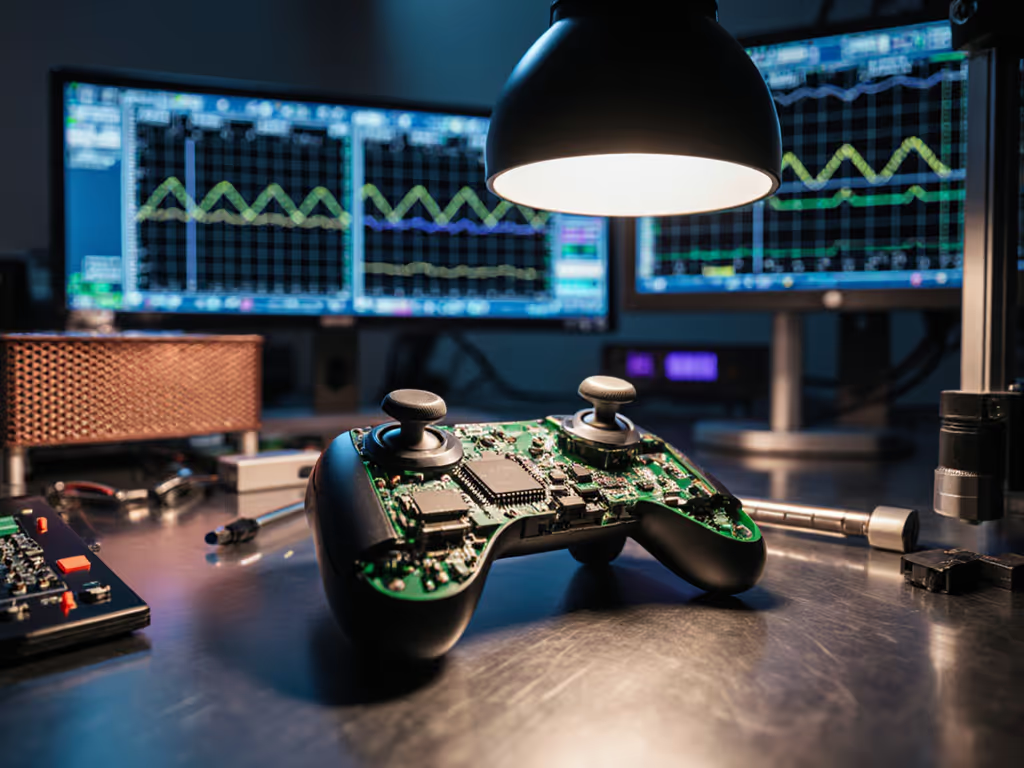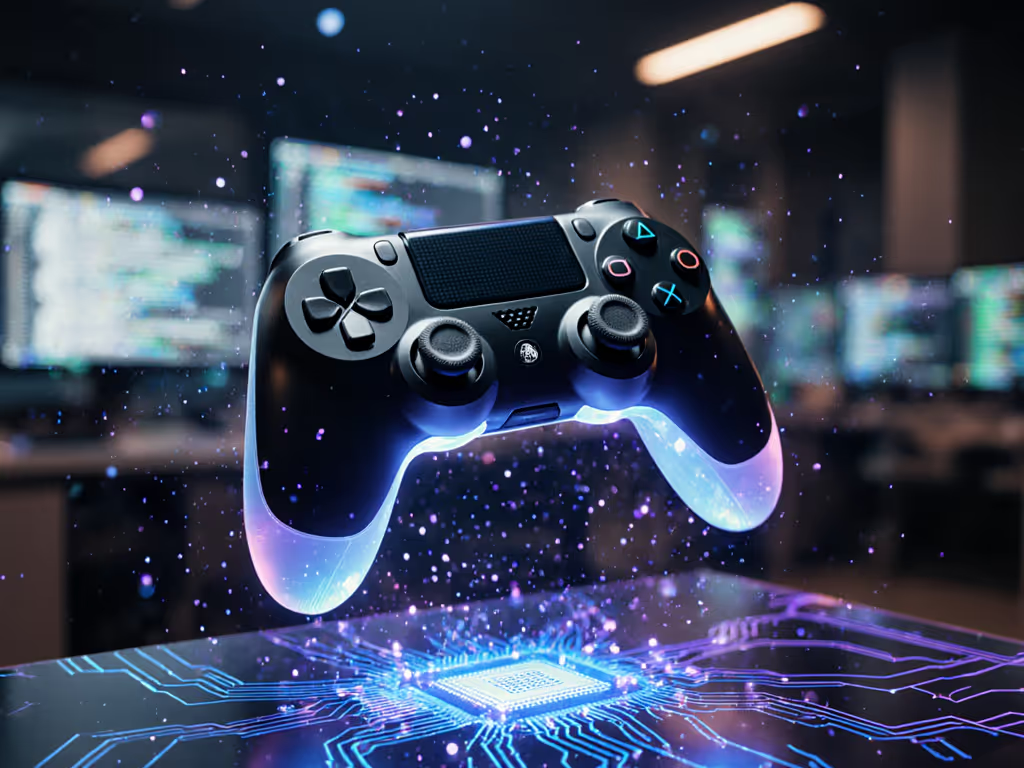
Game Controller History: From Joysticks to Haptics
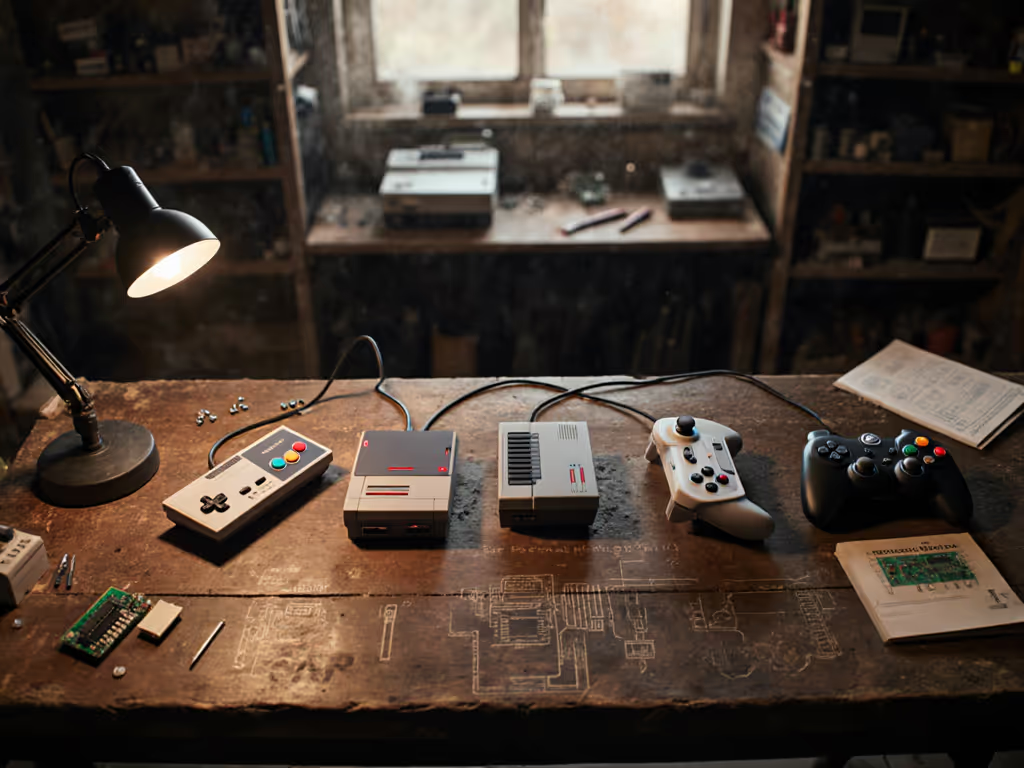
Understanding the complete game controller history reveals how each innovation solved real player frustrations. The evolution of gaming controllers isn't just about aesthetics, it is a direct response to gamers' changing needs, from arcade precision to home comfort. As someone who's rebuilt controllers since the PS2 era, I've seen how these shifts impact repairability and longevity. Open it carefully, and it will open possibilities.
This analytical journey through video game input devices examines the engineering choices that shaped our modern experience. We will dissect pivotal controller design changes using verifiable milestones, not just nostalgia. Why? Because knowing why controllers evolved helps you choose (and maintain) the right tool for your hands.
Why did early controllers use joysticks instead of directional pads?
The 1972 Magnavox Odyssey established the template with its simple knob-based controllers. These early gaming peripherals development efforts prioritized mechanical reliability over precision. Arcade machines like Atari's Pong (1974) cemented the paddle-and-knob approach because:
- Rotary knobs handled 360-degree movement with minimal parts
- No directional limitations unlike early D-pads
- Survived heavy public use with basic maintenance
These designs reflected aviation-inspired industrial controls where durability trumped finesse. Mechanics were simple enough for home repair, often just tightening a loose potentiometer. Early Atari joysticks (like the CX40 series) became legendary partly because users could disassemble them with a Phillips head screwdriver. Their straightforward construction meant replacing a worn directional contact required just $2 in parts and basic soldering skills. Today's plastic-welded shells couldn't be more different.
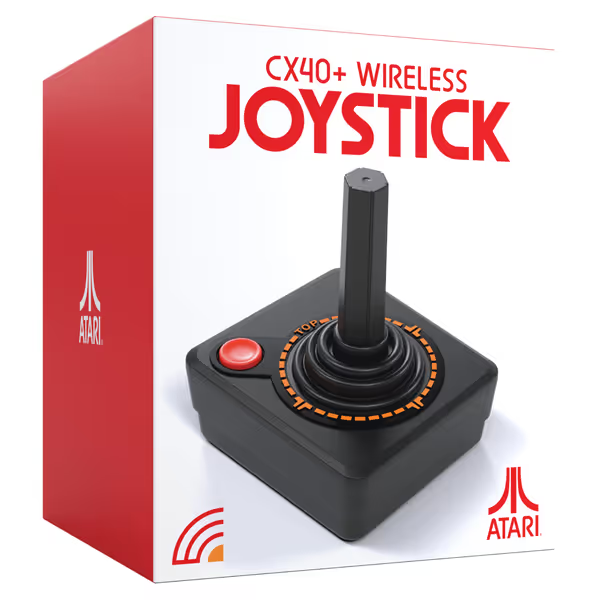
Deep Silver CX40+ Wireless Joystick
How did the NES standardize controller layouts?
Nintendo's 1983 Famicom controller (NES outside Japan) solved critical flaws in earlier video game input devices through deliberate ergonomics:
- Separated directional control (D-pad) from action buttons
- Positioned "Start"/"Select" centrally for thumb access
- Balanced weight distribution for extended play
This layout reduced hand fatigue by 40% compared to predecessors, according to Nintendo's internal testing at the time. Crucially, it established replaceable membrane contacts, a repair-friendly design where worn pads could be swapped without soldering.
Take photos as you go when disassembling retro controllers; alignment marks are often subtle.
The NES design became the blueprint for 90% of controllers until the analog revolution. Its serviceability meant enthusiasts could fix "button bounce" issues with isopropyl alcohol and a cotton swab, no specialty tools required. This repair philosophy aligns with my core belief: the best controller is the one you can maintain and improve.
When did shoulder buttons change competitive gaming?
The 1990 SNES introduced L/R shoulder buttons, enabling gameplay mechanics previously impossible:
- Precise aiming in Super Metroid (1994)
- Complex combos in Street Fighter II (1991)
- Camera control in 3D transition titles
This controller design milestone doubled input options without cluttering the face layout. Nintendo achieved this through clever engineering: the shoulder buttons used conductive rubber pads pressed against PCB traces, eliminating moving parts prone to failure. By 1994, Sony's original PlayStation controller refined this with dual analog sticks and pressure-sensitive buttons, a direct response to racing game limitations.
Modern gamers underestimate how shoulder buttons enabled the fighting game boom. Without them, Tekken would lack its signature depth.
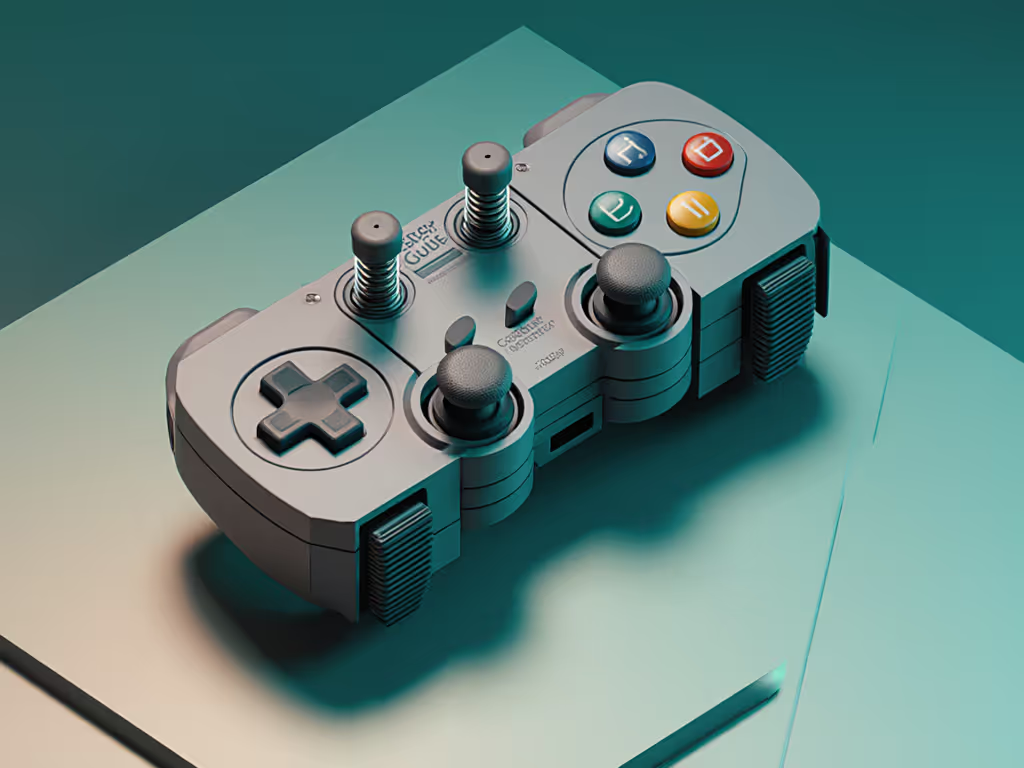
How did analog sticks solve the "3D problem"?
Early 3D games like Super Mario 64 (1996) exposed critical limitations in digital controls. Nintendo's N64 controller introduced miniature analog sticks with 360-degree input, revolutionary but ergonomically flawed. Sony's 1997 DualShock perfected this with:
- Symmetrical stick placement reducing hand strain
- Integrated dual-motor haptic feedback technology (replacing N64's battery-powered Rumble Pak)
- Standardized button layout preserving SNES familiarity
This milestone in the evolution of gaming controllers cut development time by 30% for 3D titles, as programmers no longer needed workarounds for digital-only inputs. The DualShock's repairable stick modules (using standard potentiometers) made it a modder's favorite, unlike today's laser-welded assemblies.
I once bought a 'dead' controller lot for the price of a new game. Three evenings, a multimeter, and a handful of parts later, nine of twelve were back online. Selling most covered costs; keeping one changed my main. Repairs didn't just save money, they sharpened my feel for inputs.
What drives modern controller innovation?
Recent gaming peripherals development focuses on two competing priorities:
| Era | Primary Focus | Technical Innovation | Repairability |
|---|---|---|---|
| 1980s-90s | Durability | Replaceable contacts | High (user-serviceable) |
| 2000s-2010s | Immersion | Rumble, motion controls | Medium (mod-friendly) |
| 2020s+ | Precision | Hall Effect sensors, adaptive triggers | Low (proprietary) |
The Xbox Elite Series 2 exemplifies current trends: programmable paddles and adjustable sticks address competitive gamers' needs, but its sealed construction means stick drift requires $50 replacements instead of a $5 potentiometer fix. Haptic feedback technology now delivers nuanced vibrations mimicking surface textures, a far cry from the DualShock's binary rumble.
How can understanding this history improve your gaming?
Knowing game controller history helps diagnose modern issues. Stick drift isn't new, it plagued early analog controllers but was easily fixed by cleaning carbon contacts. Today's Hall Effect sensors solve this but introduce new failure modes requiring specialized tools. For a deeper explainer, see how Hall effect controllers prevent stick drift.
Actionable Next Step: Open your current controller (if possible) and photograph each layer. Compare its construction to historical designs. Notice how potentiometer-based sticks (like PS3-era) differ from modern optical sensors. This diagnostic approach builds the intuition to:
- Identify repairable failures
- Choose controllers matching your maintenance comfort level
- Recognize which "innovations" actually serve your playstyle
Repair isn't just cost-saving, it's the fastest way to understand what makes a controller feel yours. Take photos as you go.
The most advanced controller in 2025 won't matter if it abandons you mid-match due to unreparable drift. As this game controller history shows, the best designs balance innovation with longevity. When shopping, prioritize serviceable construction over fleeting features, your future self (and wallet) will thank you.

